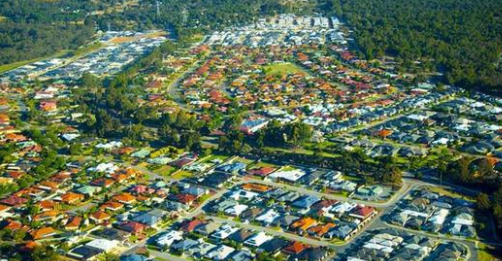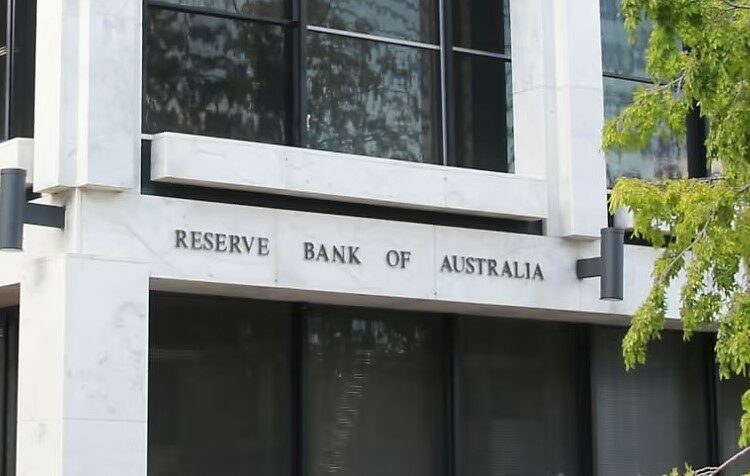It’s very rare that anything overshadows the Melbourne Cup on November’s first Tuesday. The Reserve Bank of Australia’s (RBA) much anticipated cash rate decision did just that.
The Reserve Bank of Australia has opted to raise the cash rate 25 basis point to 4.35 per cent.
Leading into the central bank’s November board meeting, there was much conjecture related to which direction they would take the cash rate into. Largely playing into this discourse was the recent increase in the Australian Bureau of Statistics’ (ABS) Consumer Price Index (CPI) indicating inflation’s slowdown is far from complete.
It will come as no surprise to anyone even remotely familiar with the sea of pre-cash rate noise swirling around Australian society prior to the November board meeting that the RBA moved to increase the cash rate this month.
For many Australian borrowers who have become accustomed to the 4.10 per cent cash rate in recent months, the Board’s decision will be a disappointing dampener on what would otherwise be a day of widespread national delirium.
Despite rising last month, Hayden Groves, president at the Real Estate Institute of Australia (REIA), noted annual inflation decreased for the third consecutive month, perhaps indicating the RBA has pulled the cash rate trigger too early.
He explained the reality of the situation is a “series of supply side events that contributed to the September quarter result, not household spending and other demand side factors.”
“These supply side factors cannot be fixed with another rate rise. It is only the demand side that the RBA can influence with monetary policy, and it is already doing this,” he added.
In his eyes, there remains “little justification to increase interest rates beyond their current level,” especially given the continual downward trend of the CPI since peaking late last year.
However, Eleanor Creagh, PropTrack senior economist, discussed how the most recent CPI data might have forced the RBA’s hand given it “indicated that inflation would likely move lower and return to the Reserve Bank’s two-to-three per cent target range slower than was previously forecast.
“In order to keep inflation expectations anchored and maintain confidence in returning inflation to the target range within a reasonable timeframe, the Reserve Bank lifted interest rates again today,” she said.
For the property market, which has been in a constant state of growth since the beginning of the year inspired in large parts by minimal cash rate movement prior to November and increased overseas arrival placing supply-side demand on the sector, Ms Creagh predicts November’s cash rate raise to have minimal impact.
“This additional increase in interest rates may slow the current pace of home price growth but is unlikely to deter these gains, with strong population growth, tight rental markets, and a housing shortfall fuelling further price rises.”
Scott O’Neill, managing director of Rethink Investing, added the latest cash rate increase may produce silver linings for homeowners as it “might pave the way for expedited subsequent rate cuts.”
Explaining his rationale, Mr O’Neill noted November’s cash rate increase, and any potential further increases last this year and early next year, could “create a dynamic situation where interest rates remain elevated for a brief period, subsequently leading to a faster economic recovery and lowering of rates in the following year.”
“Homeowners, therefore, might find themselves in a more favourable lending environment, with lower mortgage rates and increased affordability,” he added.
For homeowners struggling to maintain their mortgage in light of the recent increase, Mathew Tiller, head of research at LJ Hooker Group, believes there is enough life in the nation’s property market to encourage rightsizing.
“We don’t expect a wave of forced sales but homeowners who have to sell due to financial reasons are going to achieve a better result now than what they would have at the start or middle of the current cycle.”
“People won’t cash out of the market entirely but given the price increases, there is potentially more equity in their home and therefore they have room to downsize and reduce their mortgage by selling and buying a smaller property,” he added.
Even with property market silver linings, Peter White, managing director of the Finance Brokers Association of Australia, summed the collective mood up following the RBA’s November rate rise, stating:
“I understand the need for the RBA to do what they feel is best for the nation economically, but surely as a society we also have to consider the human cost.”


